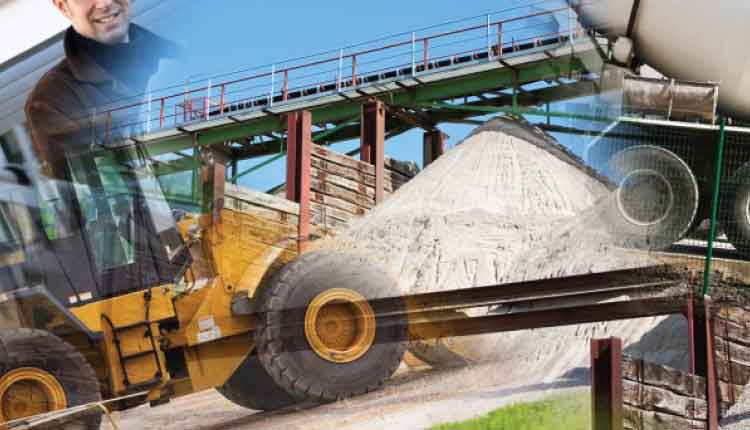What is Permit to Work Systems (PTW)
A permit-to-work system is a formal written system used to control certain types of work that are potentially hazardous. A permit-to-work is a document which specifies the work to be done and the precautions to be taken. Permits-to-work forms an essential part of safe systems of work for many maintenance activities.
They allow work to start only after safe procedures have been defined and they provide a clear record that all foreseeable hazards have been considered. A permit is needed when maintenance work can only be carried out if normal safeguards are dropped or when new hazards are introduced by the work. Examples are an entry into vessels, hot work and pipeline breaking.
This Technical Measure Document refers to permit to work systems required to control work. Such as maintenance activities on chemical plant and so prevent a major accident.
General Principles
The following aspects should be considered with respect to Permit to Work Systems:
- Human factors;
- Management of the work permit systems;
- Poorly skilled workforce;
- Unconscious and conscious incompetence;
- Objectives of the work permit system;
- Types of work permit required; and
- Contents of the work permits.
The following issues may contribute towards a major accident or hazard:
- Failing of the site safety management system;
- Failure to recognise a hazard before and during maintenance;
- Failure to comply with the work permit system in hazardous environments; and
- Communication failure during the use of a work permit system.
Contributory factors for an assessor to consider concerning the Work Permit System
The Safety Report should address the following points:
Whether staff have been sufficiently informed, instructed, trained and supervised to minimise a potential human failing during operation of the work permit system;
Whether the work permit system includes sufficient safety information, maintenance instructions, correct PPE and equipment for use;
Whether the work permit contains sufficient information about the type of work required (Equipment removal, excavation, hot/cold work, repairing seals, vessel entry, waste disposal,isolation);
Whether there is sufficient provision available to full the requirements of the work permit system.
Whether the employees responsible for control of the maintenance work are identified within the work permit system and that the work is properly authorised by a responsible person;
Whether the work permit system is managed, regularly inspected and reviewed;
Whether all work permits are kept on file;
Human factors (stress, fatigue, shift work, attitude);
Whether sufficient precautions are taken prior to initiating a work permit (isolation, draining, flushing, environmental monitoring, risk assessments, communication, time allotted for the work);
Whether staff are aware of the type of environment they are working in during the operation of a work permit (flammable, corrosive, explosive, zones 0, 1 & 2, electricity supplies);
Whether the person responsible for operating the plant is aware of the type of maintenance involved and how long it is likely to take; and
Whether the work permit system involves a formal procedure whereby the maintained plant or
equipment is handed back to operation.
Major Hazards
Major hazards could arise from the following:
- The wrong type of work permit used;
- Wrong information about work required on the work permit;
- Failure to recognise the hazards where work is carried out (e.g. flammable substances);
- Introduction of ignition source in controlled flameproof area (e.g. welding, non-spark-proof
tools, non-intrinsically safe equipment used in intrinsically safe zones); - Terms of work permit not adhered to (e.g. failure to isolate plant and/or drain lines of hazardous substances);
- Failure to hand-over plant in safe condition on completion of work/cancelling of work permit;
- Unauthorised staff performing work permit functions.
- Poor management of the work permit system; and
- Insufficient monitoring of the work permit system.
Guidance Relating to Permit to Work Systems
The following HSE publications can be used as guidance material relating to safety issues surrounding permit to work systems:
HS(G)5 Hot work: welding and cutting on plant containing flammable materials, HSE (Not in current HSE list).
Paragraph 3 refers to the precautionary measures needed when welding in areas that could be potentially flammable by planning and controlling the task using a work permit system. Paragraph 72 refers to the importance of management controlling the work permit system. Paragraph 73 refers to the principles that should be followed when operating a work permit systems.
